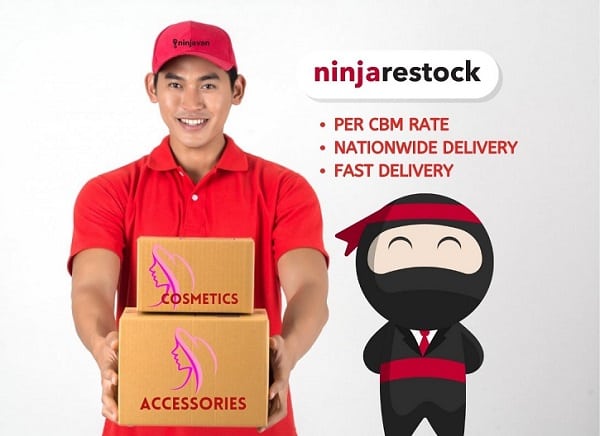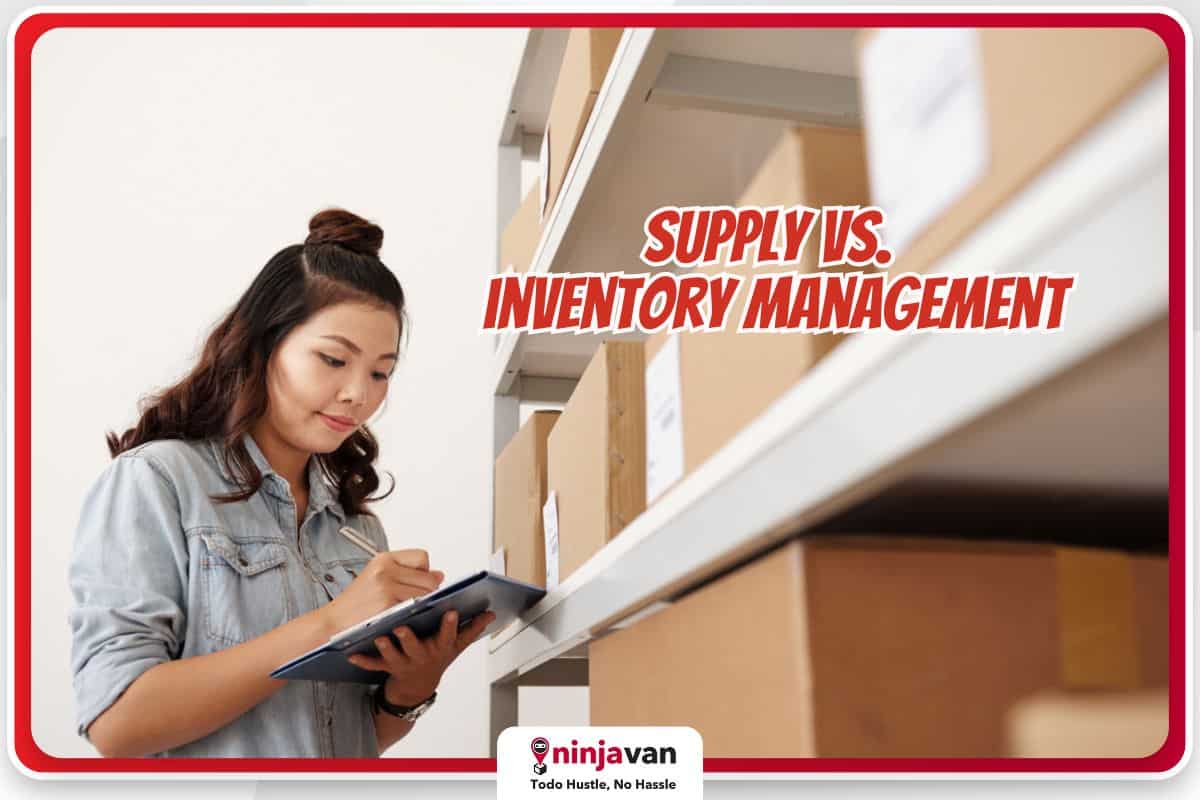A successful business involves juggling many aspects, and understanding the difference between supply vs. inventory is a crucial one. These terms can be confusing, especially for new business owners.
Both are essential, but they play distinct roles in your operation.
Understanding supplies: the engine oil of daily operations
Supplies are the everyday items you use to operate your business. They don’t directly become part of the products you sell.
Here are some key features of supplies:
- Consumed in daily operations: Printer ink used for printing receipts, cleaning materials for maintaining your workspace, and office supplies like pens, paper and staplers all fall under this category. They’re continually used up in the course of daily business activities.
- Not part of the finished product: Unlike inventory, supplies don’t become a physical component of what you sell. Although they contribute to the creation or sale of your products, they’re not directly incorporated into the final offering.
- Generally less expensive than inventory: The cost of supplies is typically lower compared to inventory items because they tend to be consumable items or standard tools needed for everyday business functions.
- Easier to track inventory levels: Since supplies are used consistently, tracking their quantity becomes relatively straightforward. You can establish reorder points based on average usage to ensure you don’t run out.

Common examples of supplies
- Office supplies (pens, paper, staplers, notebooks)
- Cleaning materials (detergent, disinfectant wipes, garbage bags)
- Computer software (operating systems, accounting software)
- Packaging materials (bubble wrap, tape, boxes, labels)
- Utilities (electricity, internet)
- Marketing Materials (brochures, flyers, business cards)
Note that “supply chain inventory” is different from “supplies” because it’s about planning, controlling and implementing the production and delivery of your goods to the end customer.
Inventory: the lifeblood of your sales
Inventory refers to the products you sell (or the components used to create them), from the raw materials you source to the finished goods.
Here’s what defines inventory:
- Sold to customers (or used to create products sold to customers): Inventory is the core element driving your sales. It includes raw materials needed for production (fabric for a clothing business, flour for a bakery) and the finished products you offer to your customers (the stylish dresses you design or the delicious cookies you bake).
- Value Increases through transformation: The value of inventory often increases as it progresses through production stages. Raw materials are transformed into work-in-progress items, which eventually become finished goods with a higher market value.
- Requires careful management: Inventory levels need close monitoring to avoid stockouts (running out of products to sell) or overstocking (having too much inventory taking up space and tying up capital). Finding the optimal balance is crucial for smooth operations.
- Can be more expensive than supplies: Inventory typically represents a more significant investment compared to supplies because they’re the core items you sell, and their cost impacts your profit margins.
Examples of inventory
- Raw materials (fabric, ingredients, wood, electronic components)
- Work-in-progress (partially finished products at different stages of production)
- Finished goods (completed products ready for sale)
- Replacement parts (for maintenance or repair of products)
Supply chain vs. inventory management
Knowing the difference between supply chain vs inventory management empowers you to create effective strategies for each. Here’s a breakdown:
Managing supplies
- Track inventory levels: Develop a system, like using a spreadsheet or an inventory management software, for keeping tabs on how much you have.
- Reorder points: Set reorder points based on average usage and lead time (the time it takes to receive new supplies). Aim to reorder before running out, but avoid getting stuck with too much.
- Bulk discounts: Negotiate bulk discounts with suppliers for frequently used items to reduce your costs.
- Storage and organization: Implement a system for storing and organizing supplies efficiently to maximize space and keep things from getting cluttered.
Managing inventory
- Demand forecasting: Determine what your customers will want in the future, so you have enough items ready. Forecasting keeps them happy and prevents your business from running out of stock.
- Stock control system: Use a system to keep track of all your materials and products. This way, you always know what you have and where it is.
- Lead time management: Keep an eye on how long it takes to get the materials you need, so you can plan when to make your products without delays.
- Inventory management strategies: Use smart methods like Just-in-Time (JIT) to reduce the cost of storing items. JIT means you get materials only when you need them for making products, which cuts down on storage space.
- Inventory control software: Use software to manage your stock better. It can help you keep the right amount of stock and make managing everything easier.

Finding a reliable delivery partner for inventory management
Efficient inventory management goes beyond simply tracking stock and placing orders. Timely and dependable delivery of raw materials and finished goods is crucial for smooth operations and meeting customers’ needs.
Here’s how a reliable delivery partner can impact your business:
- Improved efficiency: Consistent deliveries minimize delays in receiving raw materials and restocking inventory. You maintain lower inventory levels without risking stockouts or production disruptions this way.
- Enhanced customer satisfaction: Efficient deliveries translate to faster fulfillment of customer orders, leading to quicker delivery times and a positive customer experience, and a boost in brand reputation.
- Optimized inventory costs: By streamlining inventory levels and lead times, you can minimize the amount of stock you need to hold. This leads to reduced storage and insurance costs, and for perishable items, less risk of obsolescence.
- Scalability for growth: A dependable delivery partner can support your business’s growth. As your sales volume increases, they can handle the additional shipments without compromising speed or efficiency.
- Streamlined operations: Reliable deliveries contribute to a smoother overall operation. Knowing your inventory is in good hands allows you to focus on other business aspects, maximizing productivity.
Optimize your inventory management with Ninja Restock
Running a small to medium-sized business can be tough, especially when it comes to keeping your shelves well-stocked. Ninja Van understands the challenges you face, like:
- Waiting on deliveries: Finding available trucks can be a hassle, leading to delays and inventory gaps.
- Inefficient inventory management: Overstocking or understocking can eat into your profits and frustrate customers.
- Managing your own fleet: The cost and complexity of maintaining your own trucks can be a burden.

Through Ninja Restock, we make it easy and affordable for small to medium-sized businesses to send supplies quickly. You can choose different delivery paths, enjoy fast service across the country and get help from our dedicated team.
It’s cheaper than traditional trucking, helps you manage your stock better and ensures your goods are transported safely. With Ninja Restock, you have a partner that will optimize your inventory and supply chain management.
Ready to take control of your inventory?
You’re well-equipped to handle inventory management, knowing the difference between supply vs. inventory, and the importance of a reliable delivery partner. Experience the difference a dependable delivery solution can make for your business.







